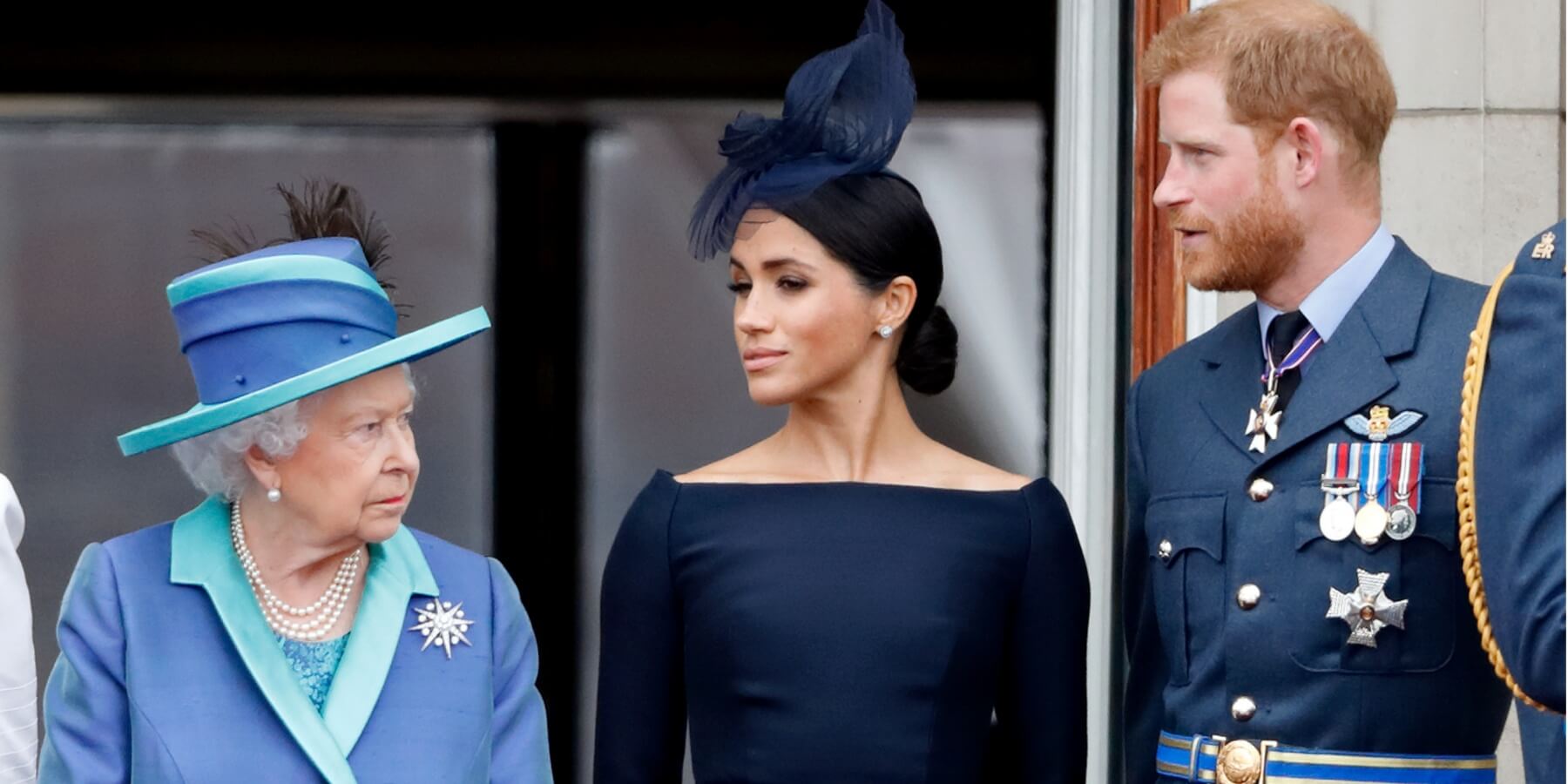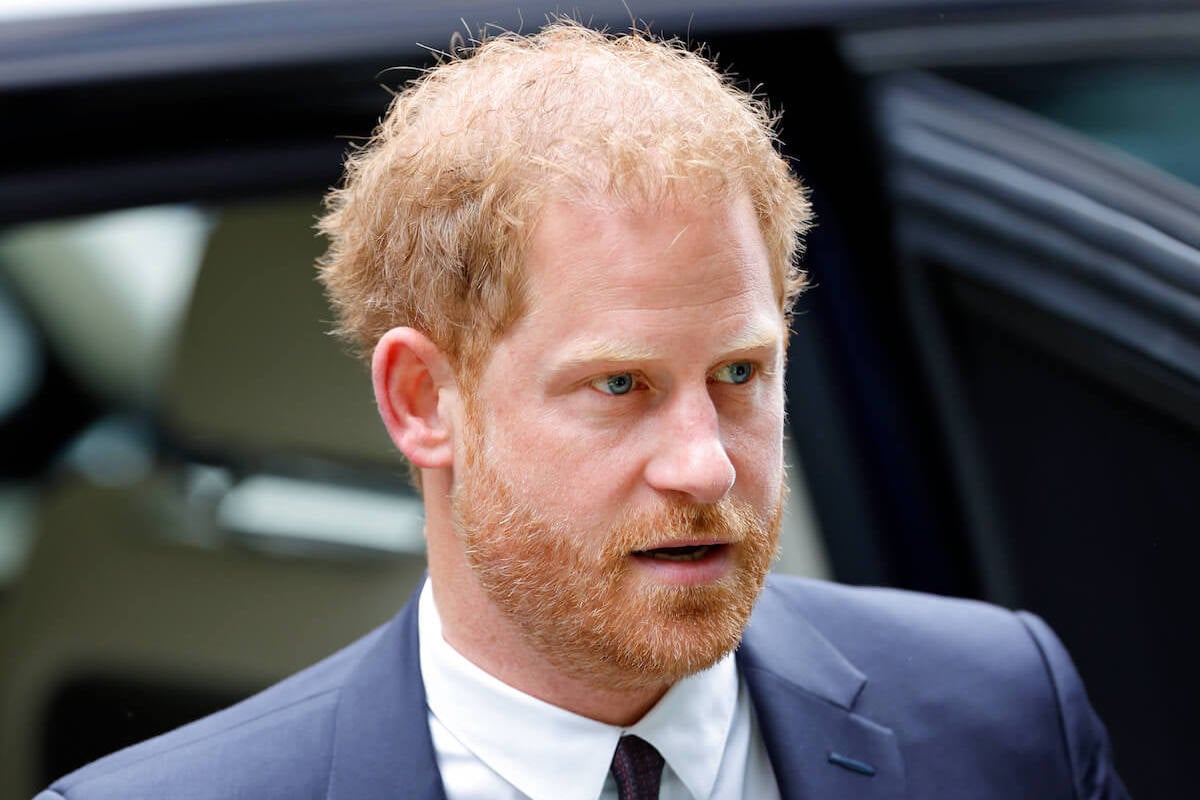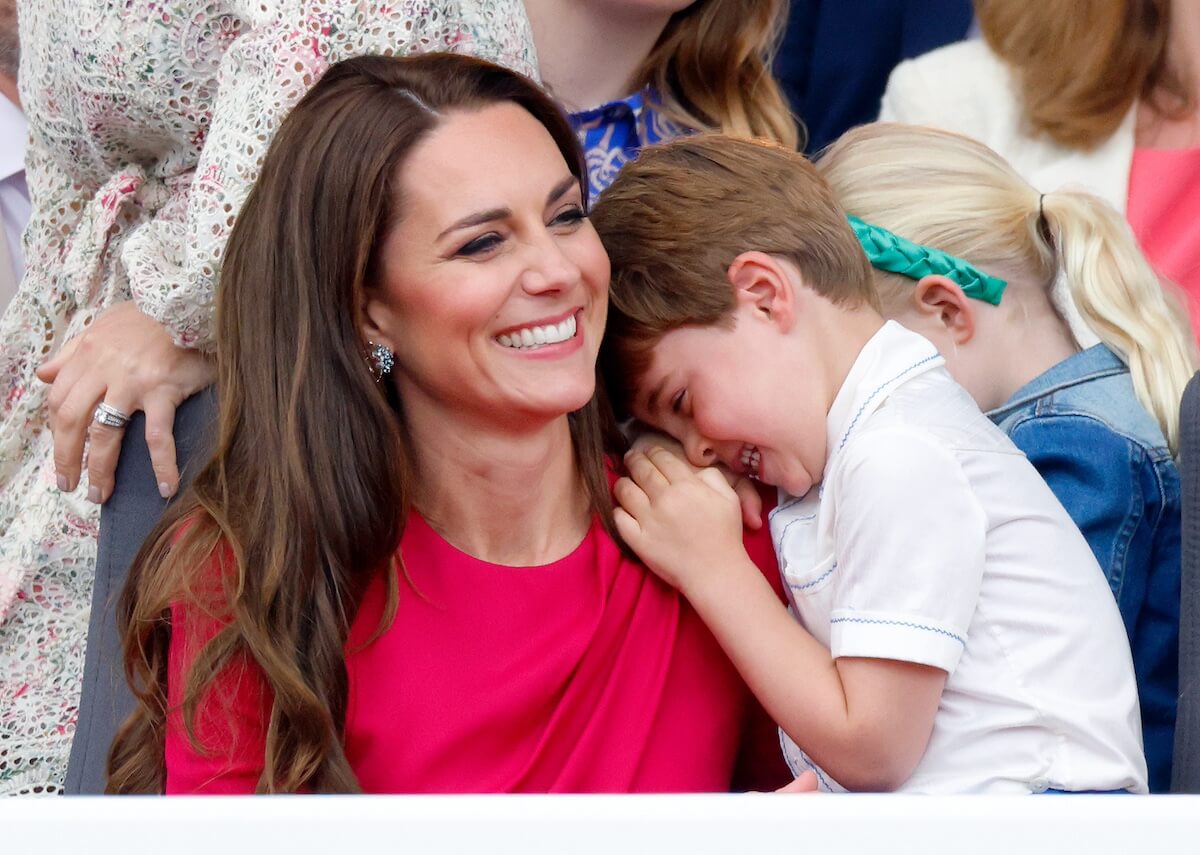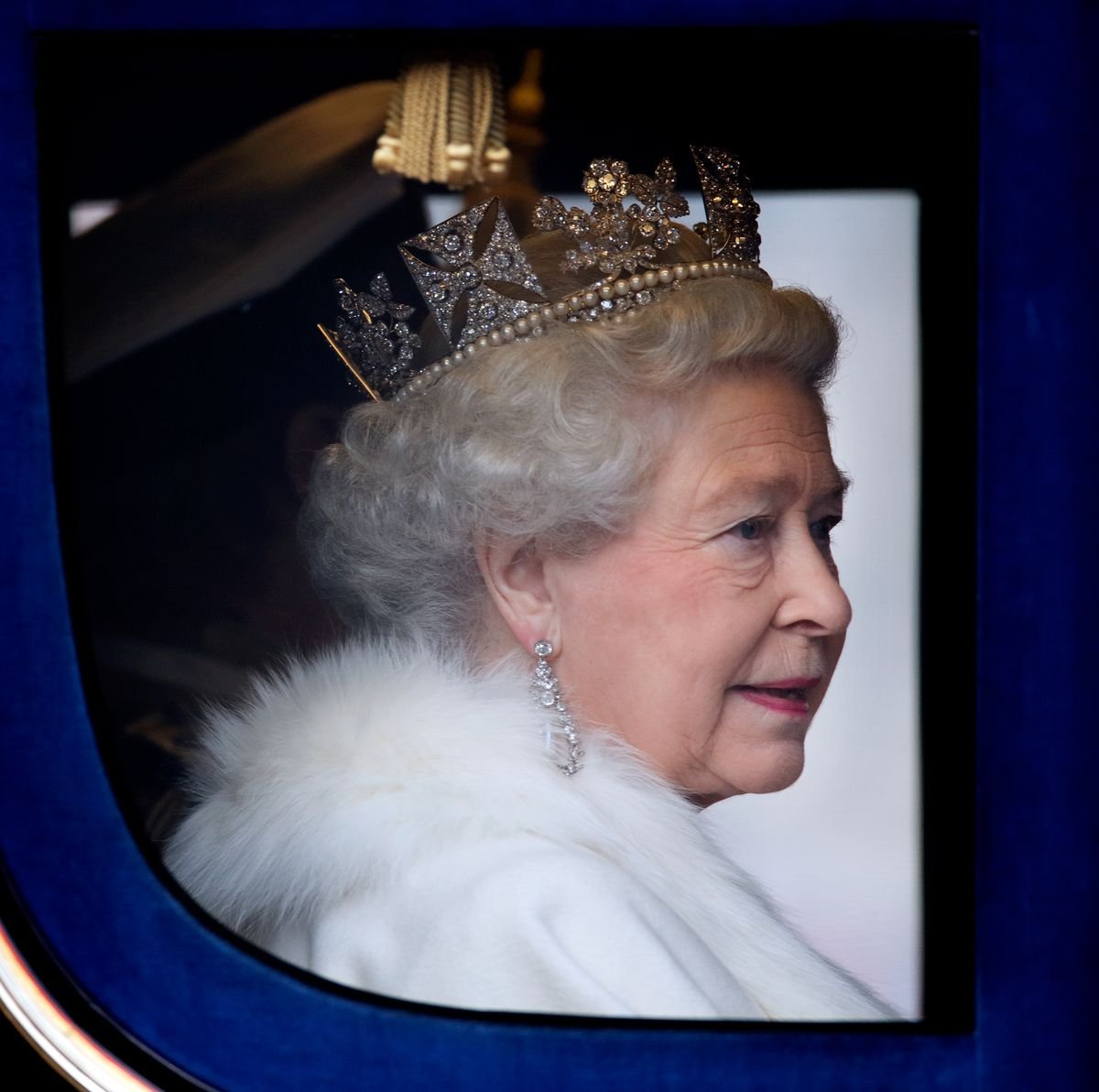
A Royal Jeweler Behind the Queen Elizabeth II’s Diamond Diadem Was 1 of Britain’s Only Millionaires in 1799
As the royal family prepares for King Charles III’s coronation, many of the most iconic jewels in the world have come center stage once again. However, the man behind them is lesser known. Philip Rundell, the royal jeweler and goldsmith that created the Crown Jewels’ famous diamond diadem worn most recently by Queen Elizabeth II may have died almost two centuries ago, but his designs live on.
Philip Rundell: Royal Jeweler behind the Diamond Diadem worn by Queen Elizabeth II
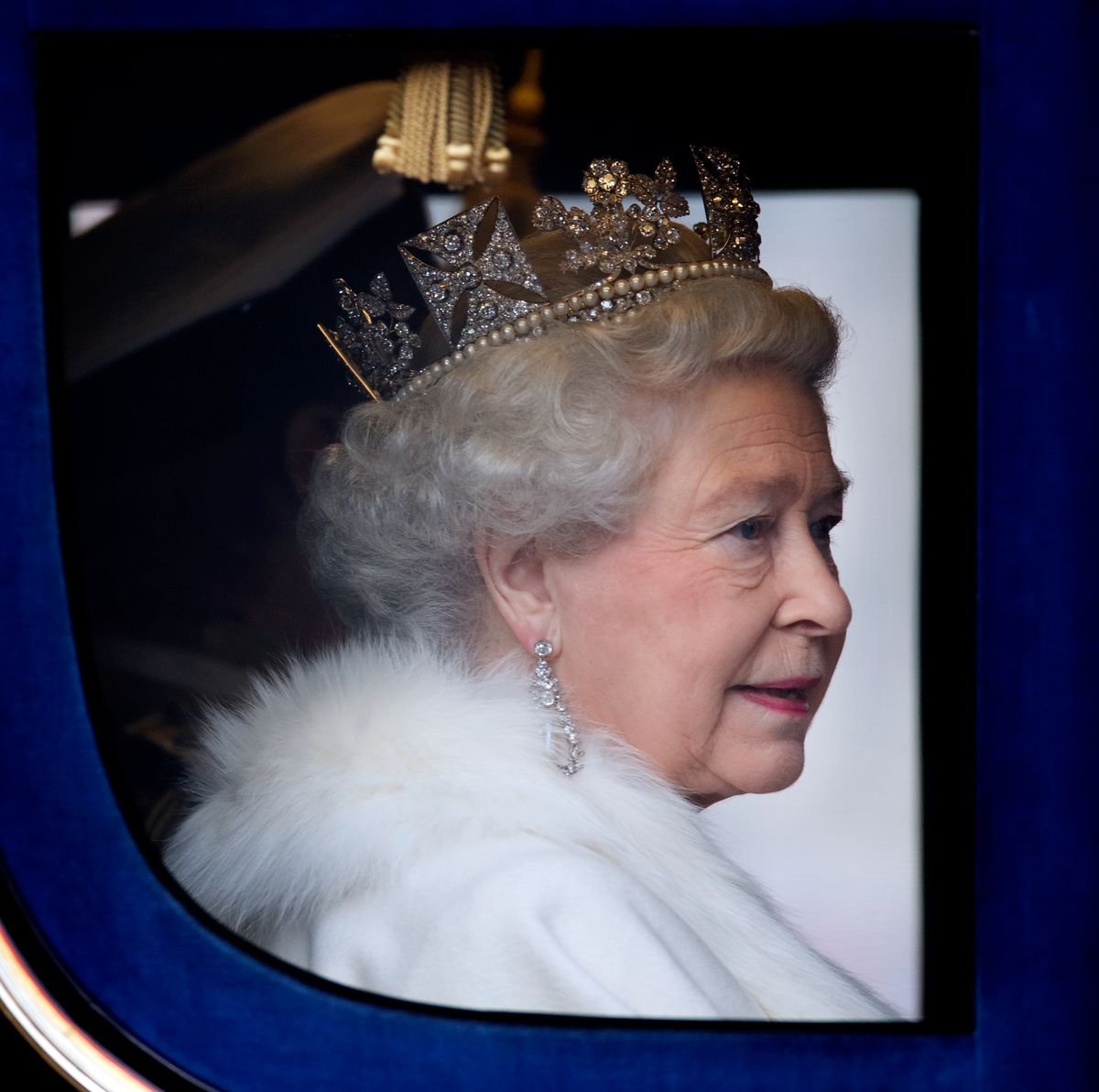
Born in 1746, Rundell was among ten millionaires in the country by the age of 53, according to The Guardian. In 1787, Rundell co-founded his firm Rundell & Bridge alongside his partner, John Bridge. They became Royal Goldsmiths ten years later in 1797 and remained as such until 1843, though the firm altered its name several times to include various inheritors and partners.
During this time, Rundell & Bridge designed many of the most famous jewels of all time. This Included the diamond diadem worn by George IV during his coronation in 1821. Bearing 1,333 diamonds (including a four-carat yellow diamond), the diadem is described by the Royal Collection Trust as “a silver and gold-lined diadem” with a pearl-lined band “surmounted by four crosses-pattée…and four sprays representing the national emblems of England, Ireland and Scotland; roses, shamrocks and thistles.”
The diamond diadem became a favorite of the late Queen Elizabeth II. It was seen worn by the Queen on banknotes, coinage, and stamps during her reign.
Other famous pieces created by Rundell & Bridge include the Jewelled Sword of Offering, a banqueting plate for George IV’s “Grand Service” at Carlton House, and a wine cooler favored by Queen Victoria, and a copy of the Shield of Achilles for Frederick, Duke of York’s “cabinet of wonders” according to the Royal Collection Trust.
Britain didn’t have many Millionaires in 1799
As a Royal Goldsmith, Rundell became one of the wealthiest people in Britain by 1799. But, what’s more, he was one of only ten millionaires at the time. The first was John Law, a Scotsman who schemed the French government in a massive way in 1719. Other founders of the millionaire club include landowners like Earl Grosvenor who was the wealthiest of the lot with a staggering £6.25 million in 1799. This would amount to £913,353,234.65 today or $1,098,637,898.54 (CPI).
Last on the list, is the tenth richest millionaire, is Rundell with a £1 million fortune. That would equal £146,136,517.54 today or $175,782,063.76.
What happened to Philip Rundell?
Rundell died in 1827 after quitting the firm in 1823. Unmarried and without children, Rundell is described by the National Portrait Gallery as “a legendary miser who died a millionaire. He left his fortune to his great nephew, Joseph Neeld, who had been his caretaker for over a decade. Rundell & Bridge would continue to do business throughout the 1830s but was dissolved in 1845. What remains is a dazzling legacy to craft including the late Queen Elizabeth’s favored diamond diadem.

